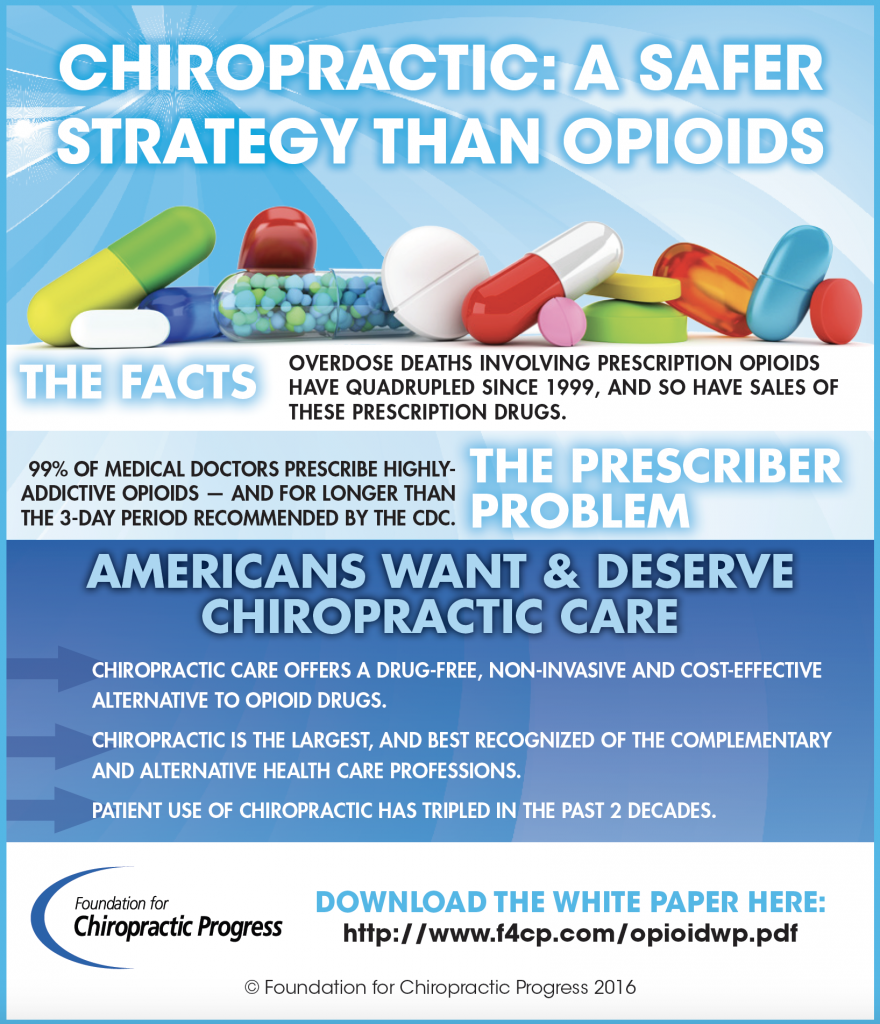Just How Does Cold Laser Therapy Capitalize On Light To Improve Healing, And What Exceptional Advancements Can We Expect In The World Of Discomfort Monitoring?
Just How Does Cold Laser Therapy Capitalize On Light To Improve Healing, And What Exceptional Advancements Can We Expect In The World Of Discomfort Monitoring?
Blog Article
Material By-Sheehan Slattery
When thinking about different treatments, cold laser therapy stands out because of its one-of-a-kind technique to recovery. By making use of particular wavelengths of light, it targets mobile functions and advertises recovery in a non-invasive fashion. This approach not just improves ATP production but also help in lowering swelling and discomfort. As study remains to unravel, the implications for rehabilitation and discomfort monitoring could be significant. What does this mean for future treatment options?
The Systems of Cold Laser Therapy
Cold laser therapy, likewise called low-level laser therapy (LLLT), works by promoting mobile function via the application of specific wavelengths of light.
When the laser light permeates your skin, it engages with the mitochondria in your cells, enhancing ATP manufacturing. This increase in ATP stimulates your cells, advertising recovery and regrowth.
The light likewise impacts cell membrane layers, enhancing their leaks in the structure and promoting nutrition absorption while eliminating contaminants. Additionally, cold laser treatment sets off the release of endorphins and decreases inflammation, helping your body respond better to injury.
You'll experience enhanced blood flow as the therapy promotes capillary development, ensuring that oxygen and nutrients reach broken tissues much more successfully.
Comprehending these systems can aid you appreciate its capacity in advertising recovery.
Potential Advantages of Cold Laser Treatment
When thinking about alternatives for pain alleviation and recovery, you might find cold laser therapy to be an appealing alternative. This non-invasive strategy can help reduce inflammation, minimize discomfort, and promote tissue fixing.
Many individuals report quicker healing times from injuries and surgeries after going through cold laser therapy. It's especially helpful for conditions like arthritis, tendonitis, and muscle pressures.
You might also appreciate that it has very little side effects contrasted to drugs. Additionally, cold laser treatment can enhance flow, which assists in supplying nutrients and oxygen to harmed areas.
Current Study and Professional Applications
As rate of interest in cold laser treatment expands, scientists are exploring its various applications and effectiveness in professional setups. You'll discover researches examining its duty in pain administration, wound healing, and reducing swelling.
In physical treatment, experts use cold laser treatment to improve healing in sports injuries, while dental practitioners are locating it useful for dealing with dental discomfort and gum tissue conditions. detoxification stamford ct safelasertherapy.com are examining its possibility in dealing with conditions like arthritis and neuropathy.
https://lowlevellasertherapy98754.howeweb.com/34993413/gain-insights-right-into-the-sophisticated-advancements-in-laser-therapy-and-find-their-prospective-to-change-client-care-as-well-as-their-effects-for-the-future-of-therapy intend to develop standardized methods and dosages, making sure security and efficiency. As even more proof arises, you might see cold laser therapy coming to be a staple in both rehabilitation and discomfort monitoring, offering people a non-invasive alternative that matches traditional treatments.
Final thought
To conclude, cold laser treatment supplies an encouraging method to recovery by taking advantage of details wavelengths of light to boost mobile functions and promote healing. With benefits like enhanced blood flow, reduced swelling, and discomfort relief, it's coming to be a valuable alternative for different conditions. As study remains to establish standardized procedures, you can look forward to greater approval of this non-invasive treatment in rehab techniques and discomfort administration techniques, making it a potential game-changer for many clients.
